These are the future ‘Holdens’ that we are now unlikely to ever see in Australia, breaking cover in Europe wearing ex-General Motors (GM) nameplates, and yet thriving today under visionary management.
Vibrant, bold and full of promise, these all-new hatchbacks, crossovers and SUVs from Opel expose the fresh design and electrified engineering direction that Holden may have taken if it were allowed to live.
Of course, history took a different turn when GM in Detroit abruptly ended the 68-year-old Australian automotive icon in February, 2020 – an inevitable action since it had also abandoned all other right-hand-drive markets, including Africa and the UK, following the sale of Opel and its British arm Vauxhall to Groupe PSA Peugeot/Citroen (now Stellantis) three years earlier.
While we may never know for sure if these newest Opel models were pencilled in for Australia, Holden of course did have an agreement with Groupe PSA to supply the German Insignia-based ZB Commodore and BK Astra for five years after Australian production ceased in 2017.
Certainly, if they had both sold strongly like their predecessors had up to the mid-2000s rather than poorly, then we might have been witnessing a very different scenario unfolding for Holden right about now.
Maybe the newer Opel/Vauxhall crossovers and SUVs that are proving popular in Europe might have added to the momentum; maybe Groupe PSA might have even considered taking control, saving a beloved local brand from extinction. Maybe we’re just dreaming hoping for the return of Australia’s Own…
Stranger things have happened, so here are the alternate-universe timeline Holden cars and SUVs for the 2020s – via Opel – that might have seen the lion thrive today.
Astra L
.jpg)
No, not a base-grade runabout, but the 11th post-war Opel small-car answer to the VW Golf and co. since the pre-Astra Kadett ‘A’ debuted the year the EJ Holden hit the scene in 1962. Fun fact: Its Vauxhall cousin was built in Australia two years later as the half-baked HA Viva – which in turn evolved into the legendary Torana series not long after.
Unveiled this week to widespread acclaim, the 2022 Astra L is the latest chapter in Opel’s astounding transformation from perennial loss maker under 88 years (!) of GM control to profitability and prosperity. Nameplate aside, outside, inside and underneath, the German designed and engineered small car banishes all traces of GM forever.
Yes, Astra L is based on an evolution of the EMP2 platform also underpinning the criminally underrated (in Australia) Peugeot 308, and ushers in PSA powertrains in both internal-combustion and electrified iterations, including plug-in hybrid and full EV variants.
Who cares, though? It’s the Opel styling talent that everybody’s talking about – from the rectangular ‘Vizor’ nose to the razor-sharp creases, the perfectly proportioned newcomer is downright suave. German sophistication also translates to the ultra-modern, fully digitised dash and textured interior surfaces that are super fresh.
This is the elevated small-car design and fierce engineering Holden should have held on for. In the Holden’s Still Alive Timeline, the Astra is set for a stellar comeback in 2022. If only.
Mokka B
.jpg)
Remember the Holden Trax? Developed by GM Daewoo, the somewhat marsupial-esque light SUV offshoot of the TM Barina spawned a German cousin called the Opel Mokka. Until Holden pulled the short-lived local pin on Opel in 2013, Australians very nearly were able to buy one too.
Fast-forward to 2021 and we have this – the Mokka B. Related to the pretty new Peugeot 2008 underneath, it could have been Holden’s answer to the fast-selling Kia Seltos, yet with a more progressive and contemporary style inside and out. Like the 2022 Astra, the Vizor front-end imbues the crossover with a very distinct road presence.
Again, French platform and powertrain choices – including a 1.2-litre three-pot turbo petrol and EVs for the electrified Mokka-e – bring the baby SUV bang up-to-date, with agile handling and refined ride qualities to match.
Back in 2013, the Trax was a light crossover pioneer, and sold strongly for a while; we’d imagine the latest iteration would have a ready market for alt-universe timeline Holden to exploit. Again, such a shame it’s only a pipedream.
Corsa F
.jpg)
Not for ‘fail’ but denoting number six, the Corsa F comes from a family tree familiar to Aussie hatchback buyers because of the pretty 1994 SB Barina (Corsa B) and its 2001 XC replacement (Corsa C). Holden also sold the Opel Corsa D for a short time during 2012/3.
So, we’re talking about a replacement for the good old Barina here, yet one that is more technically advanced than anything Holden ever offered. That’s because Opel's post-Groupe PSA takeover means the Corsa F is an offshoot of the second-gen Peugeot 208 that is currently not slated for sale in Australia, sadly. City runabouts is too hard a nut to crack in this country, apparently.
Not abroad, however. A huge hit, the baby Opel is currently Europe’s number five bestseller, luring supermini drivers with its combination of pert good looks, sensible packaging and affordable EV powertrain options in intriguing Corsa-e guise.
Yep, this is another affordable all-electric Opel that would have elevated Holden to the forefront – a mantle that Hyundai’s gorgeous Ioniq 5 is likely to take instead.
Grandland A Series II
.jpg)
The Opel Grandland was actually released in Europe well before Holden disappeared, suggesting that it might have been considered for Australia at the time when the previous (BK-series) Holden Astra was instead imported.
It’s far from new despite this year’s extensive facelift, then, dating back to before GM sold Opel to Groupe PSA, as a joint venture first mooted in 2012 between the American and French firms to help crack the Toyota RAV4/Kia Sportage market in Europe and Africa.
Thus, the Grandland was a sign of things to come, especially as it is based on the current Peugeot 308’s EMP2 platform and is closely related to the massively popular 3008 – the model credited with saving Peugeot’s bacon.
Were it actually offered to GMH, no doubt Holden’s reasons for passing on the Grandland back in 2017 were valid – it would probably have been too expensive – but it is difficult to believe Australians would not have preferred this over the Chevrolet-based Equinox that was chosen (and flopped) instead.
If the Holden Grandland did eventuate, today it would be in Series II guise with that Vizor nosecone, showy touchscreen display tech and a plug-in EV option to chase after the runaway bestselling RAV4 Hybrid





.jpg)






.jpg)
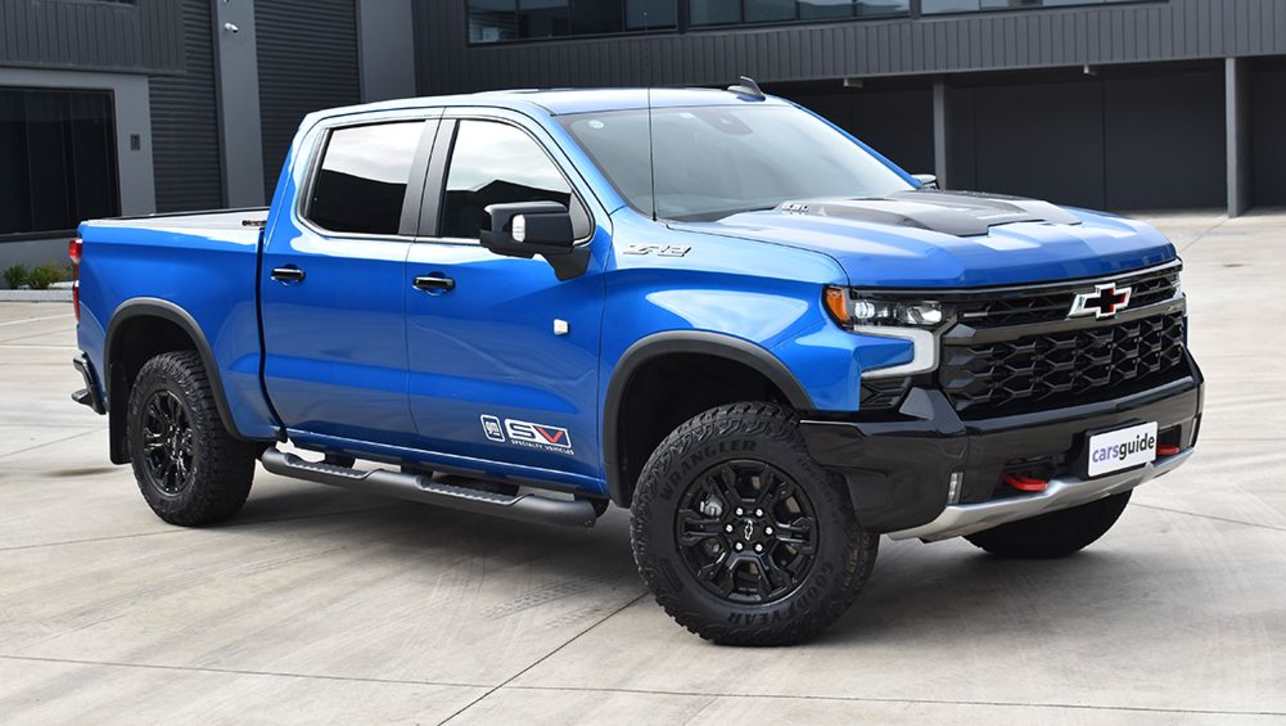
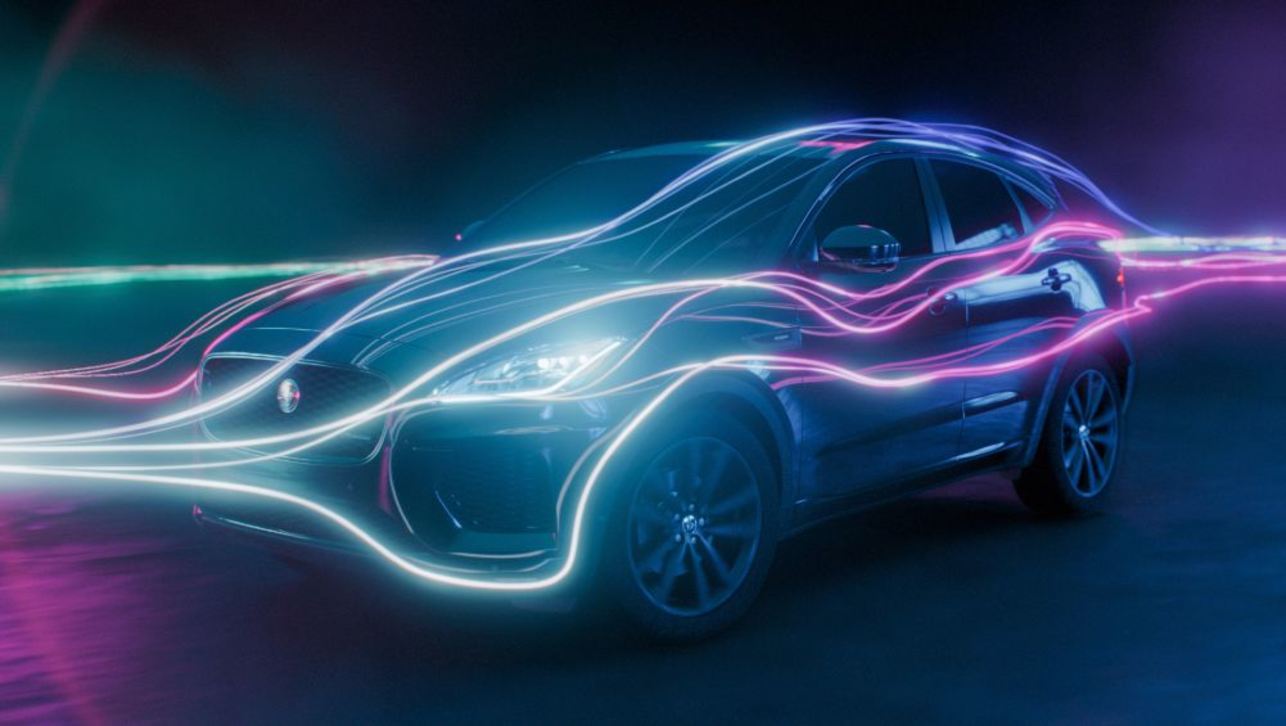
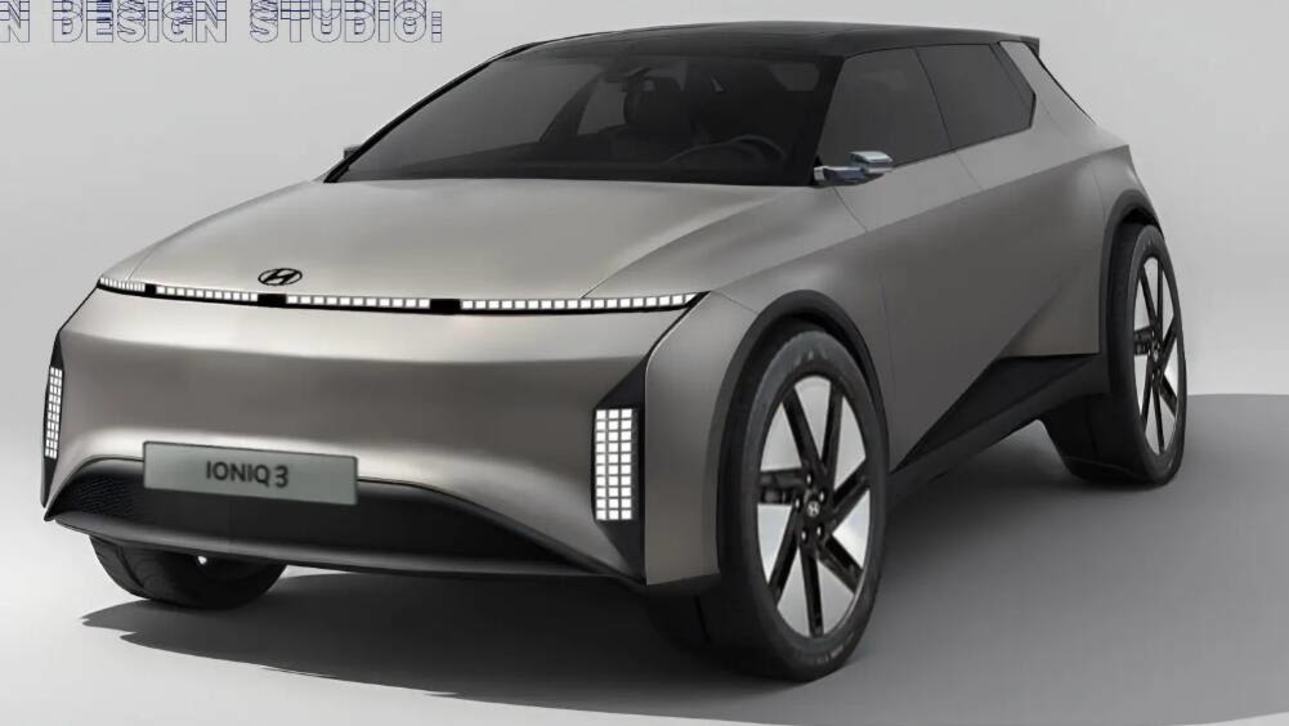
.jpg)
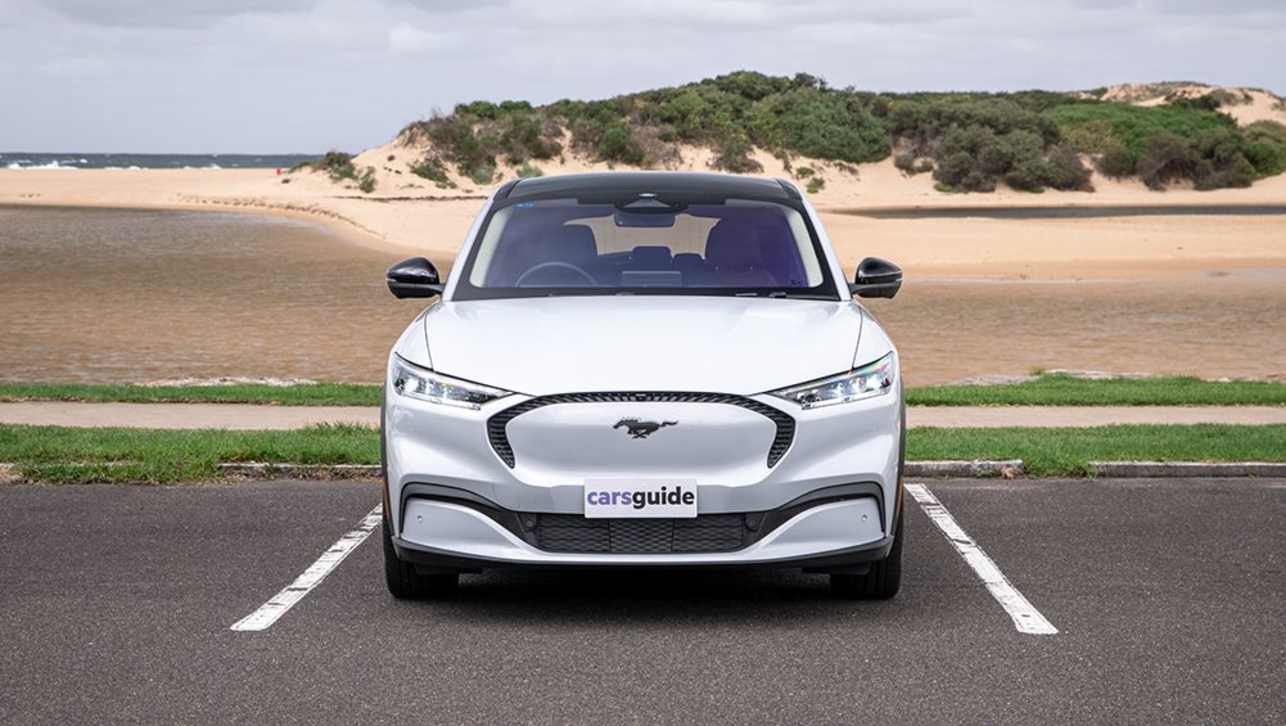
.jpg)



.jpeg)
.jpg)
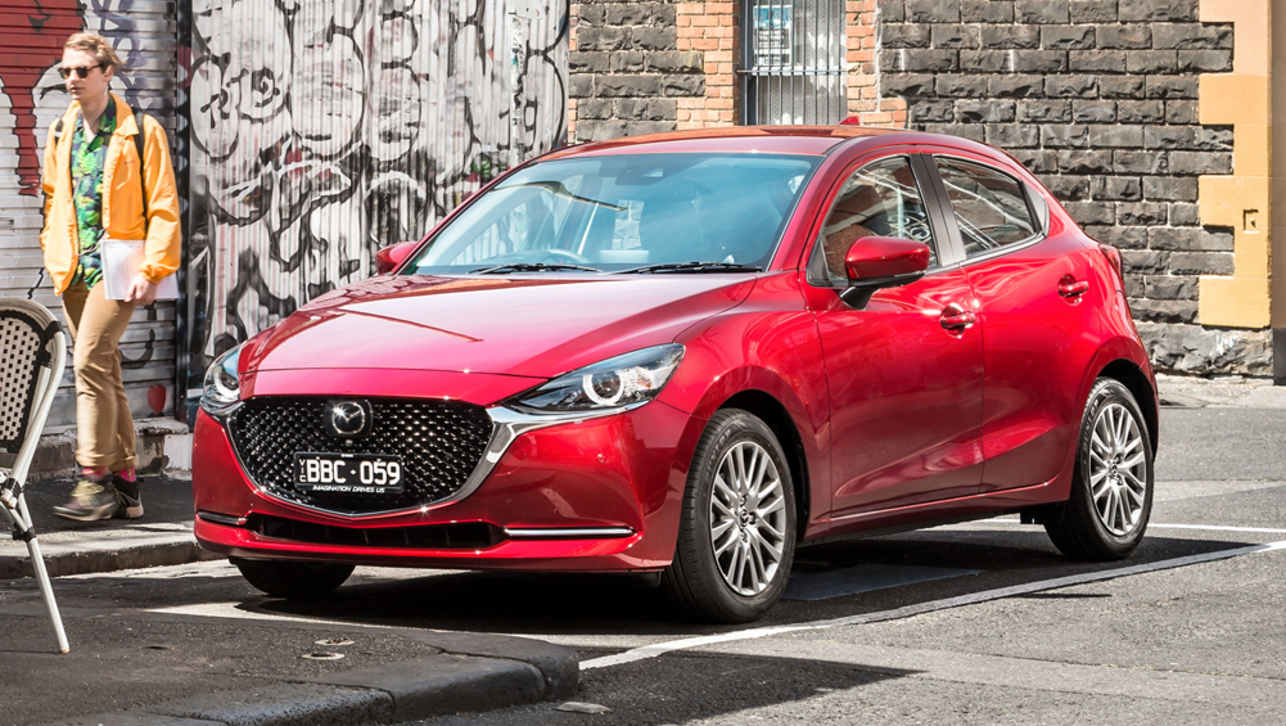
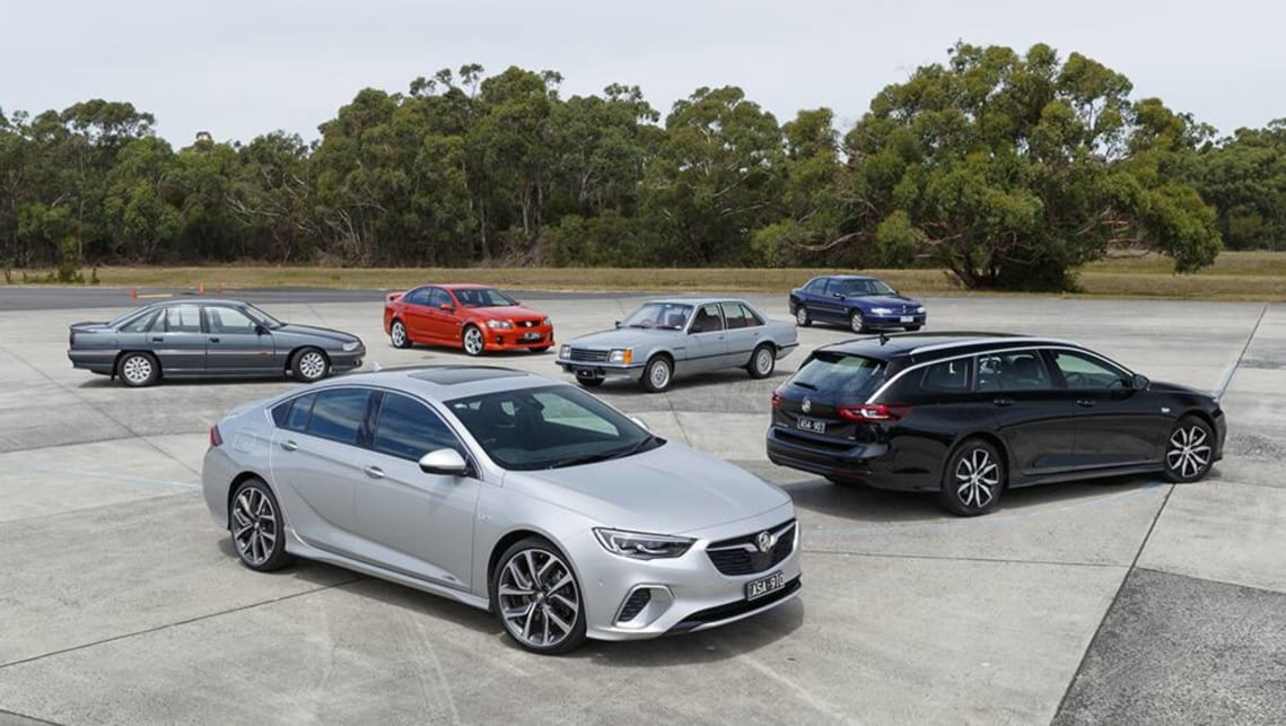

.jpg)
.jpg)

Comments